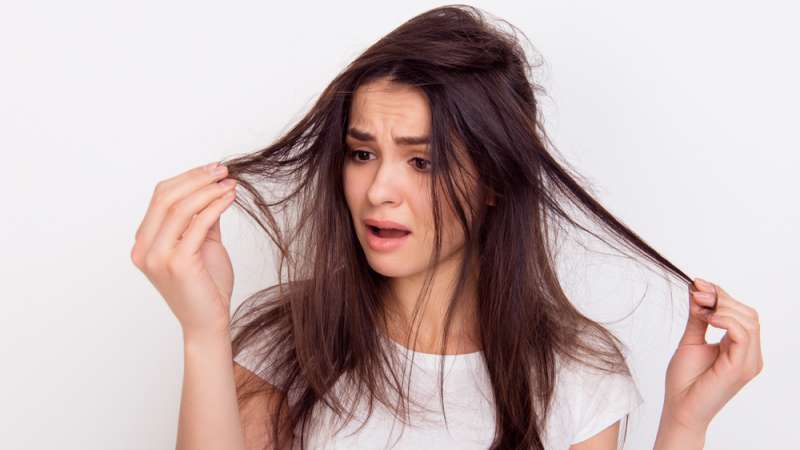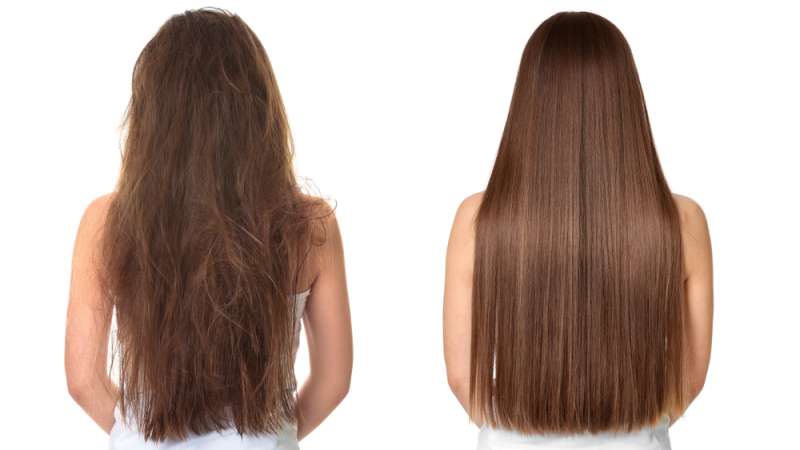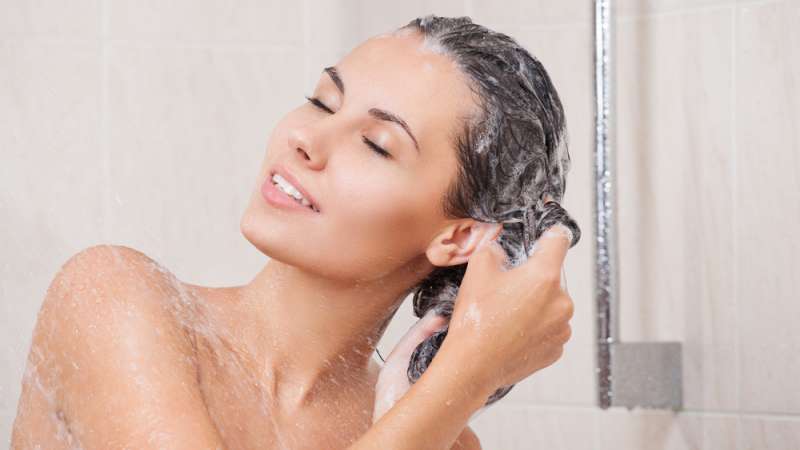Damaged hair can be a real pain to deal with. It can be dry, brittle, and difficult to style. Worst of all, it can make you feel self-conscious about your appearance.
But there is hope! You don’t have to resort to cutting your hair just because it’s damaged. There are plenty of ways to repair damaged hair without sacrificing your length.
In this article, we’ll share with you some of the best tips on how to repair damaged hair without cutting it. With a little effort and patience, you can have your healthy, beautiful hair back in no time!
So, let’s get started…

What Causes Hair Damage?
Hair damage can be caused by a variety of things. The following are some of the most frequent causes:
Environmental factors: Exposure to sun, wind, and pollution can all take a toll on your hair.
Chemical treatments: Frequent coloring, straightening, and perming can damage your hair over time.
Heat styling: Regular use of hot tools such as curling irons and hair dryers can damage your hair.
Physical stress: Excessive brushing, combing, and styling can all damage your hair.
Medical conditions: Certain medical conditions, such as alopecia areata, can cause hair loss and damage.
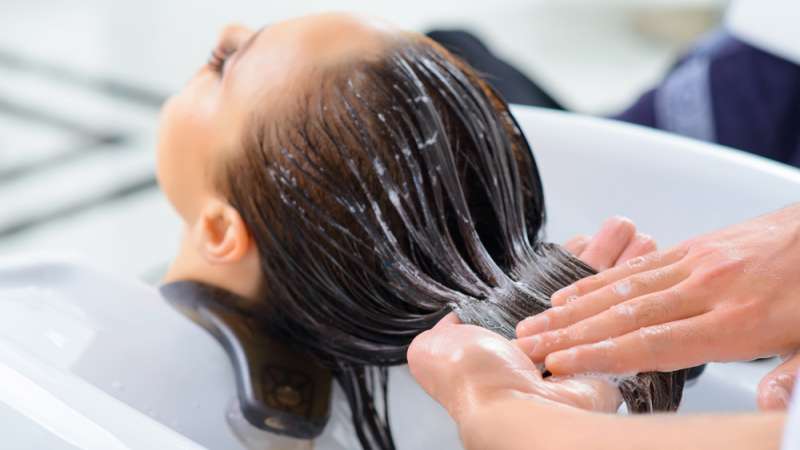
How to Repair Damaged Hair Without Cutting It?
There are a few different ways that you can go about repairing damaged hair without cutting it. Depending on the severity of the damage, you may need to try a few different methods before you find one that works for you.
#1 Use a deep conditioner: Deep conditioning is one of the best ways to repair damaged hair. It helps to replenish moisture and nutrients, which can help to strengthen and repair the hair shaft. If your hair is severely damaged, you may want to try a protein-based deep conditioner. Apply it to your hair once or twice a week, and let it sit for at least 15 minutes before rinsing it out.
#2 Try a hot oil treatment: Hot oil treatments are another great option for repairing damaged hair. They help to replenish moisture and nutrients, which can promote healthy hair growth. Coconut oil is a good option for hot oil treatment, as it is very nourishing and has plenty of antioxidants.
#3 Use a leave-in conditioner: Leave-in conditioners are a great way to add extra moisture and nutrients to your hair. They can help to repair damage and prevent further breakage. If your hair is particularly dry or damaged, you may want to try a leave-in conditioner with protein. This will help to rebuild the hair shaft and prevent further damage.
#4 Try a treatment mask: Treatment masks are another great option for repairing damaged hair. They help to replenish moisture and nutrients, which can promote healthy hair growth. If your hair is severely damaged, you may want to try a protein-based treatment mask.
#5 Use a heat protectant: Heat protectants are a must if you use heat styling tools on your hair. They help to protect the hair shaft from damage, which can prevent further breakage. If your hair is particularly dry or damaged, you may want to try a heat protectant with protein.
#6 Be gentle with your hair: Damaged hair is much more fragile than healthy hair. As such, it is important to be gentle with your hair to avoid further damage. Avoid using harsh shampoos and conditioners, and be gentle when brushing and styling your hair.
When you’re washing your hair, be sure to use gentle, sulfate-free products. These are less likely to strip away natural oils and moisture, which can help to prevent damage. You should also avoid using hot water, as this can further strip away moisture from your hair.
#7 Let your hair air dry: Air drying is the best way to dry damaged hair. It is much gentler on the hair shaft than blow-drying, and it can help to prevent further damage. If you must use a blow dryer, be sure to use the lowest setting and use a diffuser.
#8 Invest in a good-quality hair brush: A good brush can make a world of difference when it comes to your hair. It can help to detangle knots and minimize damage. Look for a brush that is specifically designed for damaged hair.
When you brush your hair, be sure to use a wide-toothed comb or brush. And always be gentle! Start at the bottom of your hair and work your way up, and be careful not to tug or pull at your hair.
#9 Be careful when brushing: When you brush your hair, be gentle. Avoid yanking or pulling on your hair, which can cause breakage. Instead, take your time and use a wide-toothed comb to gently detangle your hair.
#10 Vitamins and supplements: Adding vitamins and supplements to your diet can also help to improve the condition of your hair. Look for products that contain biotin, folic acid, and other nutrients that are essential for healthy hair.
#11 Change your diet: What you eat can have a big impact on the health of your hair. Be sure to include plenty of lean protein, fruits, vegetables, and healthy fats in your diet. Avoid processed foods, sugary drinks, and excessive amounts of alcohol. And drink plenty of water to keep your hair hydrated from the inside out.
#12 Get regular exercise: Exercise is not only good for your overall health, but it can also help to improve the condition of your hair. Exercise helps to increase circulation, which can promote healthy hair growth.
#13 Reduce stress: Stress can take a toll on your entire body, including your hair. Try to find ways to reduce stress in your life. Meditation, yoga, and deep breathing are all great ways to manage stress.
#14 Protect your hair from the sun: If you’re going to be spending time in the sun, be sure to protect your hair. Wear a hat or scarf, and use a leave-in conditioner or oil to help nourish and protect your hair.
#15 Sleep on a satin pillowcase: Sleeping on a satin pillowcase can help to prevent damage to your hair. It’s gentle on your hair, and it can also help to keep your hair moisturized.
#16 Try an at-home repair treatment: There are plenty of at-home treatments that can help to repair damage to your hair. These treatments usually involve using natural ingredients to nourish and condition your hair. Some popular at-home treatments for damaged hair include:
- Coconut oil: This natural ingredient is very nourishing and can help to repair damage to your hair. Simply apply coconut oil to your hair before shampooing.
- Egg mask: Eggs are a great source of protein, which can help to build up the strength of your hair. Simply whisk an egg and apply it to your hair, then leave it on for 20 minutes before rinsing.
- Avocado mask: Avocados are rich in healthy fats that can help to moisturize and repair damage to your hair. Simply mash up an avocado and apply it to your hair, then leave it on for 20 minutes before rinsing.
- Honey: Honey is a natural humectant, which means it can help to lock in moisture. Simply apply honey to your hair and leave it on for 20 minutes before rinsing.
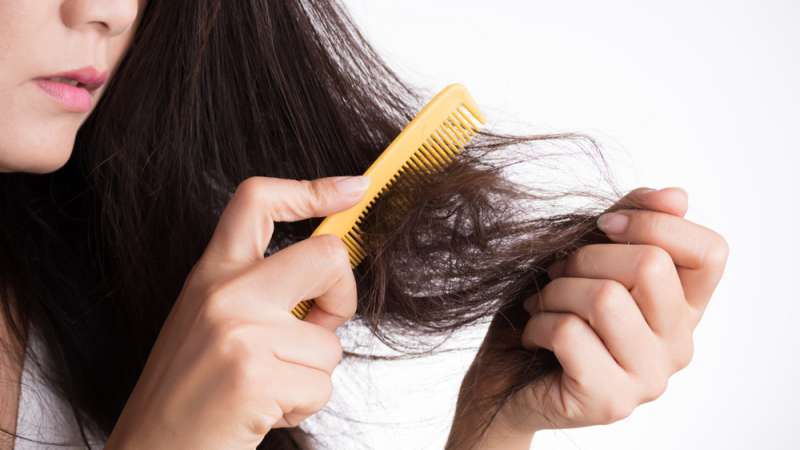
What to Avoid if You Have Damaged Hair
There are a few things you should avoid if you have damaged hair:
Harsh shampoos and conditioners: These can strip your hair of its natural oils and make it more prone to damage.
Excessive brushing: Brushing your hair too much can cause breakage. Be sure to use a soft-bristled brush and be gentle when brushing your hair.
Tight hairstyles: Wearing your hair in tight styles can put a lot of strain on your hair, which can lead to damage. If you must wear your hair in a tight style, be sure to take breaks and let your hair down as often as possible.
Avoid heat styling: Heat styling is one of the worst things you can do to damaged hair. It can cause further breakage and make it difficult to repair the damage. That means no curling irons, no flat irons, and no hair dryers. If possible, try to avoid heat styling altogether.
If you must use heat, be sure to use a heat protectant beforehand. And always use the lowest setting possible to avoid further damage.
Don’t use chemical treatments: Chemical treatments, such as hair dyes and bleaches, can cause further damage to your hair. If you’re regularly coloring or straightening your hair, try to cut back on these treatments.
Over time, they can damage your hair and make it more difficult to repair. If you do color your hair, be sure to use a color-safe shampoo and conditioner. And always use a heat protectant before straightening your hair.
Related: How to Repair Damaged Hair From Dye?
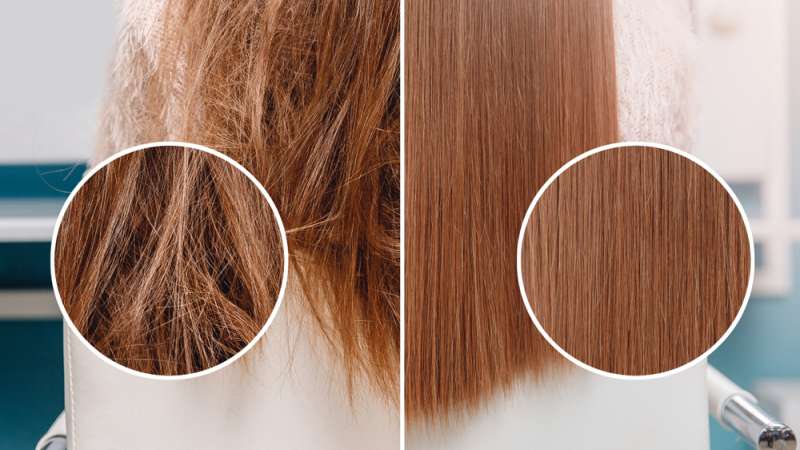
The Bottom Line
Cutting your hair may seem like the best way to repair the damage, but it’s not always necessary. There are a number of ways that you can repair damaged hair without cutting it. With these tips, you can get your hair back to its former glory in no time.
Do you have any tips for repairing damaged hair without cutting it? Share them in the comments below! We would love to hear from you!
